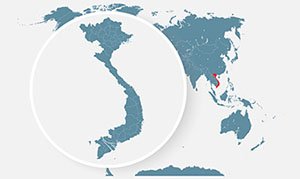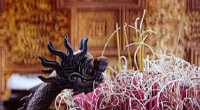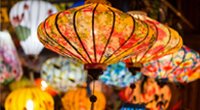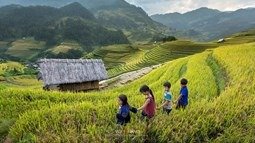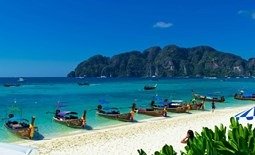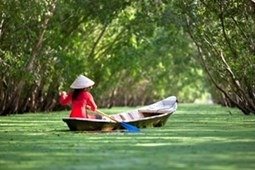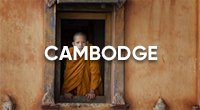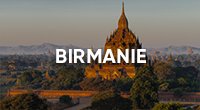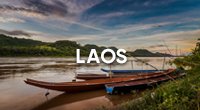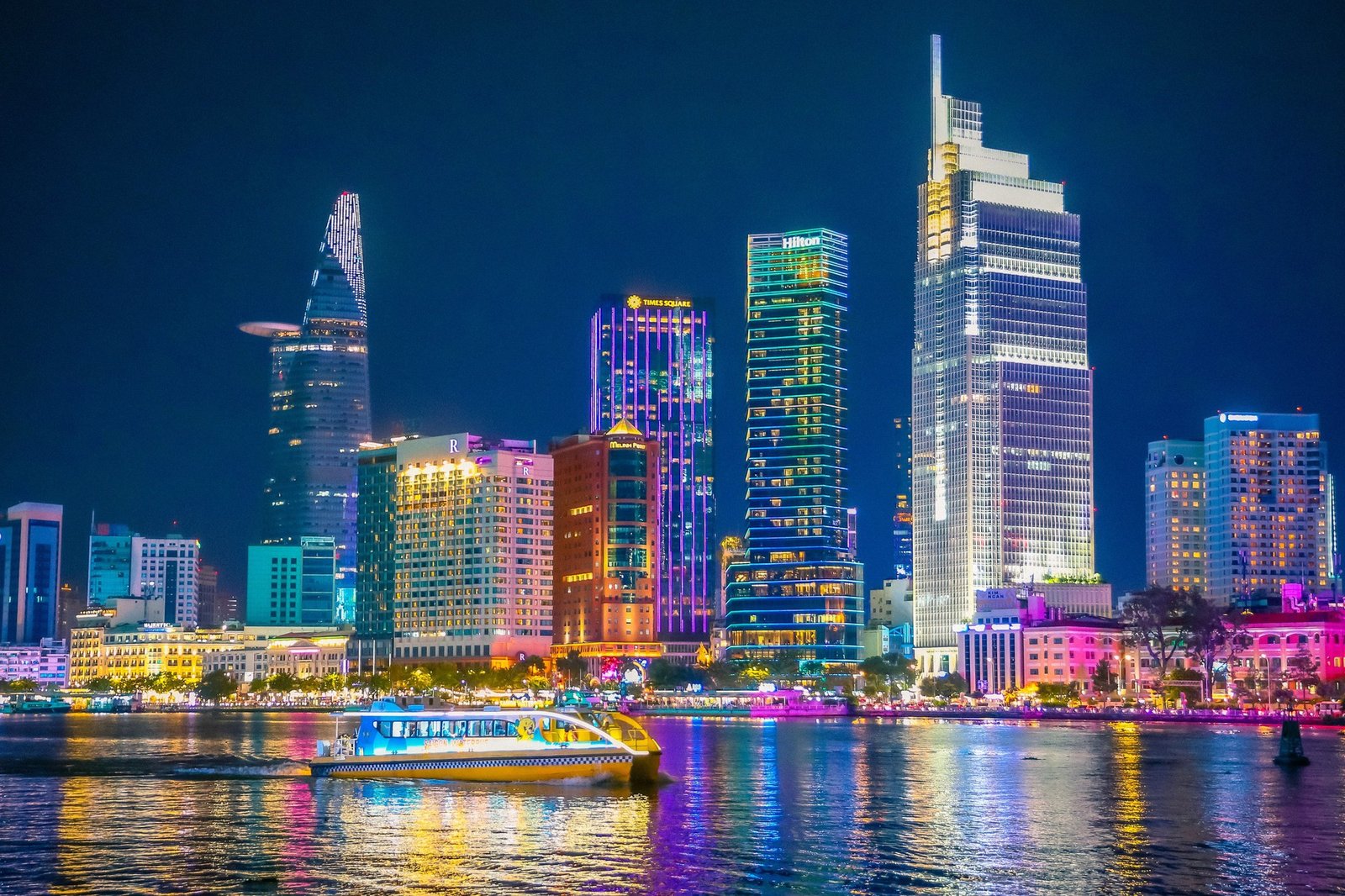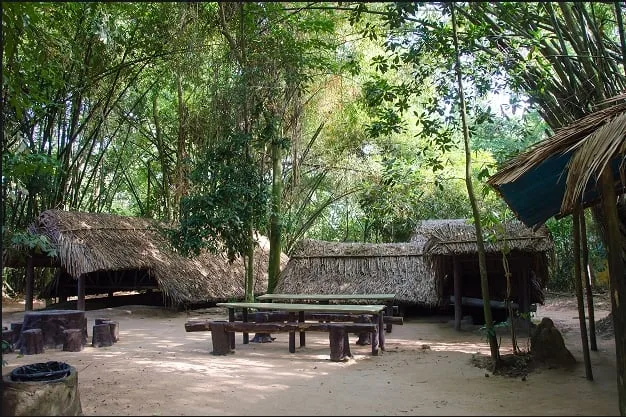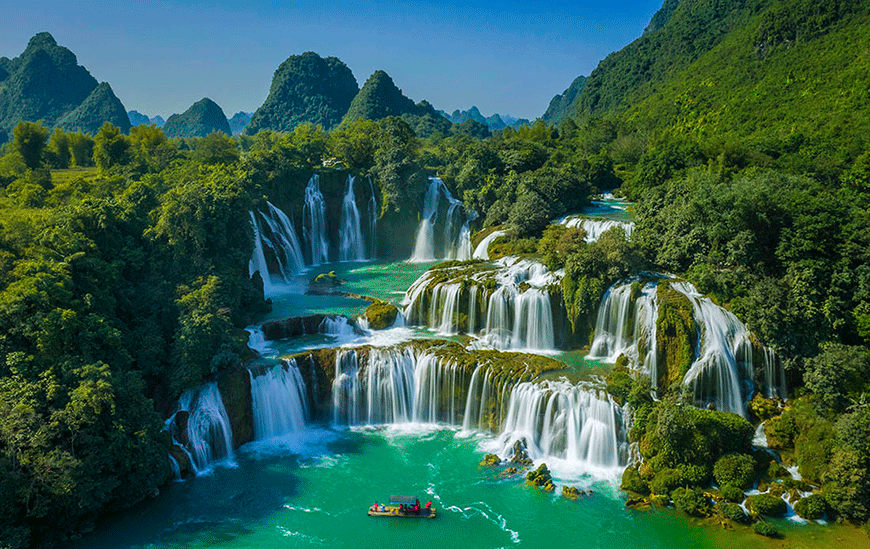3-Day Itinerary for Ho Chi Minh City (Saigon)
Ho Chi Minh City, still affectionately known as Saigon, is Vietnam’s largest and most dynamic metropolis. With over 10 million residents and nearly as many motorbikes, the city never sleeps. It is a place of contrasts—French colonial architecture stands beside futuristic skyscrapers, ancient temples share streets with hip cafés, and traditional markets thrive in a modern economy.
If you only have three days in Saigon, you can still experience its many layers: the bustling markets, spiritual temples, wartime history, and dazzling nightlife. This itinerary blends heritage, culture, food, and day trips so you can fully appreciate Vietnam’s southern hub.
Contents
ToggleDay 1: Exploring the Many Faces of Saigon
🚴 Morning: Dive into Cho Lon (Chinatown)
Start your trip in Cho Lon, one of the largest Chinatowns in the world. Sprawling across Districts 5, 6, and 11, this neighborhood has been home to Chinese immigrants since the 1600s. Its name literally means “big market,” and it is indeed a labyrinth of temples, trading streets, herbal medicine shops, and food stalls.
📍 Highlights in Chinatown:
- Thiên Hậu Temple – Dedicated to the sea goddess Mazu, this 19th-century temple is filled with giant incense coils hanging from the ceiling, creating a smoky, mystical atmosphere. Many locals come here to pray for safe travels.
- Tam Son Hoi Quan Temple – Known as the “fertility temple,” where women often pray for children. Its pink façade makes it one of the most photographed temples in Saigon.
- Quan Âm Pagoda – A quieter Buddhist temple with intricate carvings and a tranquil courtyard.
🍜 Food tip: Chinatown is heaven for food lovers. Try roast duck, suckling pig, or a steaming bowl of mì vịt tiềm (herbal duck noodle soup).
👉 Recommended experience: Join a vintage Vespa scooter tour. This lets you weave through traffic like a local, stopping for hidden temples, street food stalls, and historic lanes that many tourists miss.
🏛️ Afternoon: French Colonial Landmarks
Saigon was once the “Pearl of the Orient” under French Indochina, and many of its colonial buildings still remain. A short walking route around District 1 covers the main sites:
- Notre Dame Cathedral (Nhà Thờ Đức Bà): Built between 1863–1880 with red bricks imported from France. Its twin bell towers are iconic, though currently under renovation (visitors can still admire the exterior).
- Saigon Central Post Office: Designed by Gustave Eiffel (of Eiffel Tower fame). The vaulted ceilings, tiled floors, and antique maps inside make it a living museum. Look out for Duong Van Ngo, the city’s last public letter writer, who has spent decades helping locals craft beautiful handwritten letters.
- Reunification Palace (Independence Palace): Famous as the site where North Vietnamese tanks crashed through its gates in 1975, marking the end of the Vietnam War. Visitors can tour its preserved war rooms, command bunkers, and lavish 1960s interiors.
🍽️ Lunch suggestion: Try a local cơm tấm (broken rice) restaurant nearby. This Saigon specialty comes with grilled pork, fried egg, and pickled vegetables.
🌆 Evening: Modern Saigon & River Cruise
In the late afternoon, see Saigon’s modern face:
- Landmark 81: At 461 meters, it is the tallest building in Vietnam and the 17th tallest in the world. The observation deck offers sweeping sunset views across the Saigon River and city skyline.
- Saigon River Dinner Cruise: End your day with a relaxing cruise departing from Bach Dang Wharf. Onboard, enjoy southern Vietnamese cuisine, live đờn ca tài tử music (a UNESCO-recognized folk art), and illuminated views of the city.
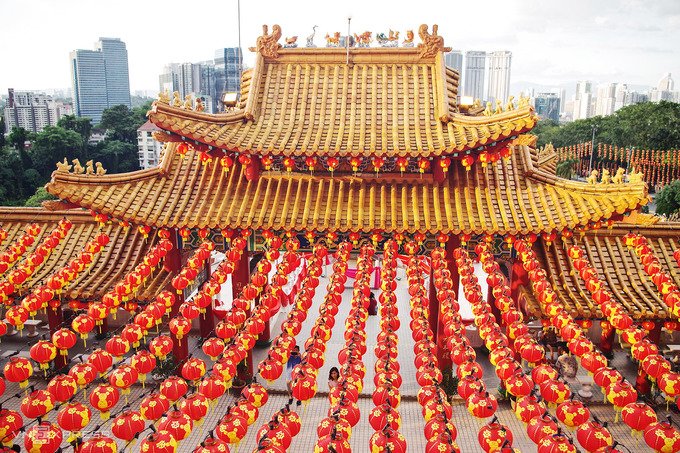
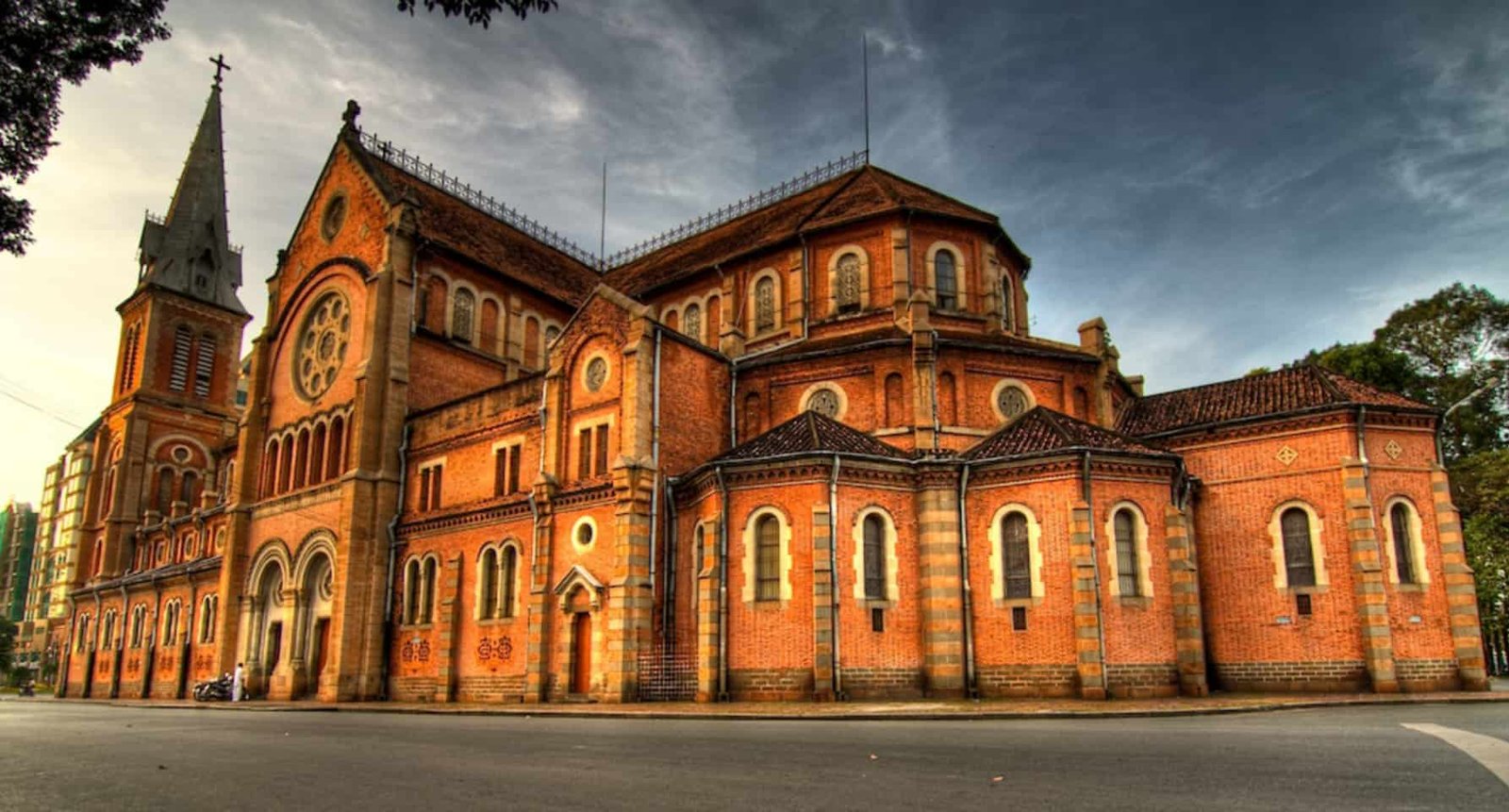
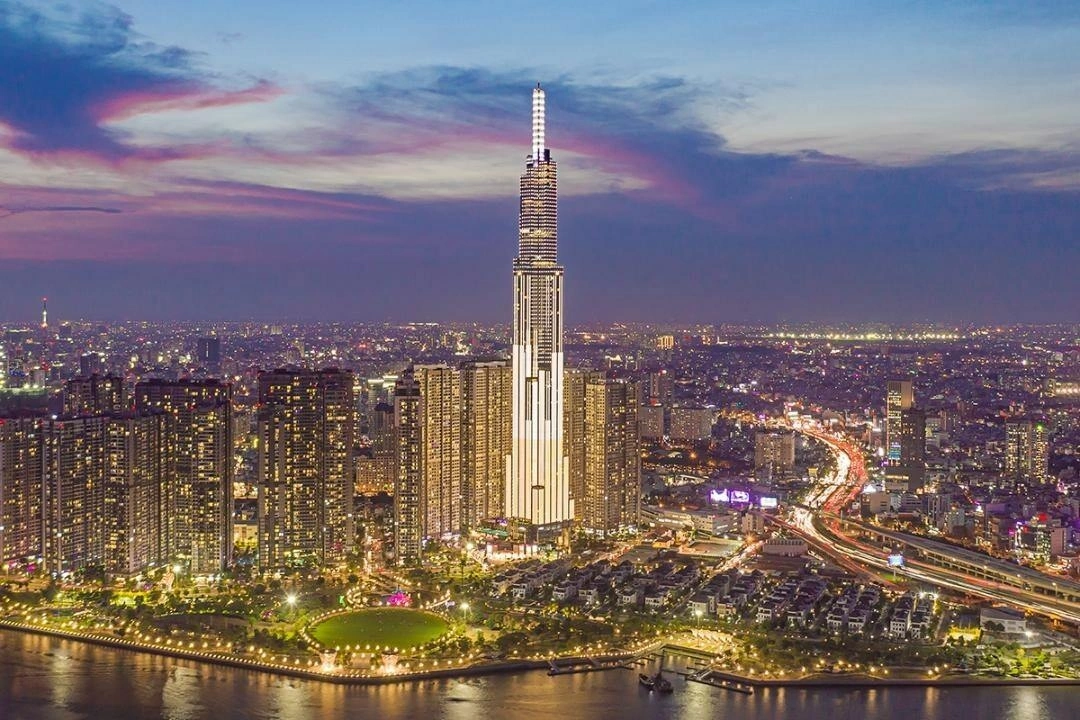
Day 2: Local Life & Culture
☀️ Morning: Ben Thanh Market
No trip to Saigon is complete without visiting Ben Thanh Market, the beating heart of the city since 1914.
Here, you can:
- Shop for souvenirs like lacquerware, textiles, handicrafts, and coffee.
- Try street food favorites: bánh mì, phở, cơm tấm, chè (sweet dessert soups).
- Observe the daily bustle of locals bargaining over fresh produce and dried goods.
👉 Tip: Visit in the morning when it’s less crowded and cooler.
🎨 Midday: Fine Arts Museum & Nguyen Hue Walking Street
- Fine Arts Museum: Housed in a French-Indochinese villa, the museum showcases Vietnam’s artistic journey—from Cham sculptures to revolutionary propaganda posters and modern paintings. Even the building itself, with stained-glass windows and mosaic-tiled floors, is worth a visit.
- Nguyen Hue Walking Street: A pedestrian boulevard lined with French-style buildings, trendy cafés, and lively fountains. Popular with both families and young people in the evenings.
📍 Key stops along Nguyen Hue:
- 42 Nguyen Hue Apartment Building: Once an old residential block, it has been transformed into a vertical complex of quirky cafés, fashion shops, and art studios.
- Saigon Opera House (Municipal Theatre): A French colonial gem built in 1897. Its ornate façade makes it a favorite backdrop for photos.
- City Hall (People’s Committee Building): An elegant colonial building lit beautifully at night.
🍧 Snack break: Stop at a café for a refreshing cà phê sữa đá (iced coffee with condensed milk) or a trendy bánh flan caramel dessert.
🌅 Evening: Entertainment & Nightlife
- Sunset at Bach Dang Wharf: A perfect spot for photos of the Saigon River.
- A O Show at Saigon Opera House: A modern cultural performance blending circus, acrobatics, dance, bamboo props, and Vietnamese folk tales. It’s a must-see to understand Vietnam’s creative spirit.
- Bui Vien Walking Street: Nicknamed “Backpacker Street,” this nightlife hub in District 1 is filled with bars, nightclubs, street performers, and rooftop lounges. Great for socializing and experiencing Saigon after dark.
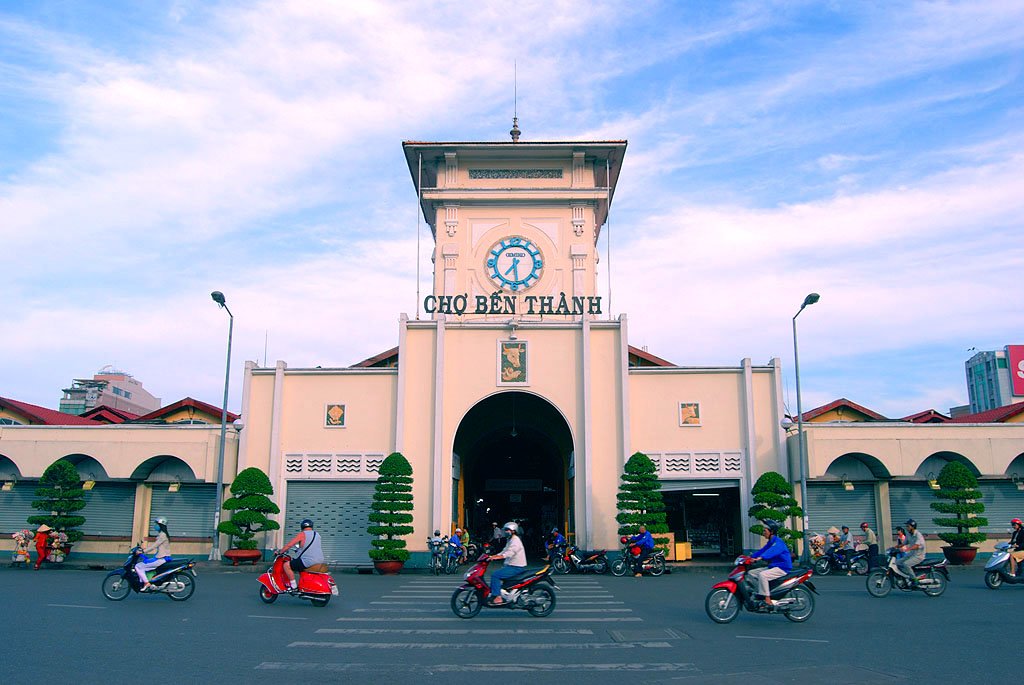
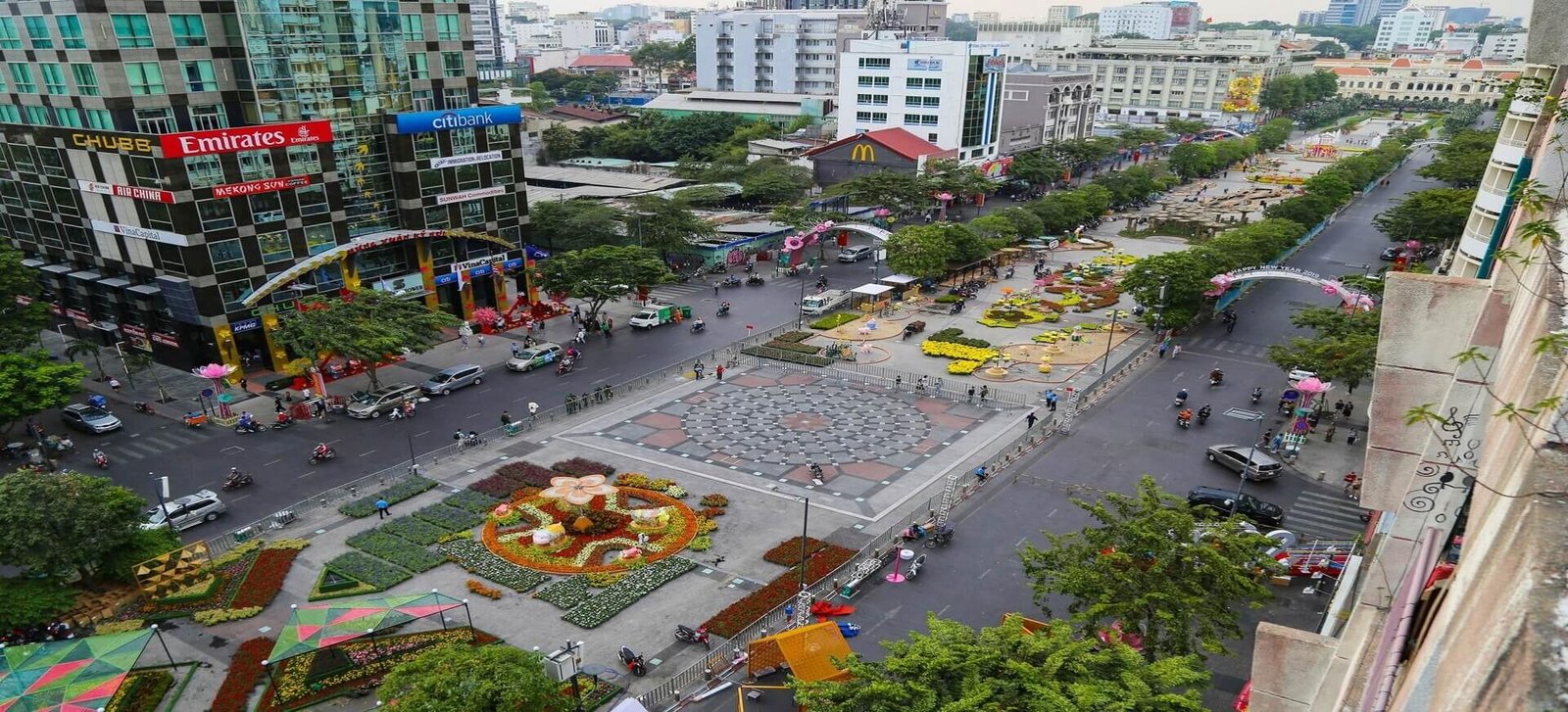
Day 3: Day Trip to Cu Chi Tunnels & Cao Dai Temple
On your last day, escape the urban buzz and explore two of southern Vietnam’s most fascinating sites.
⛏️ Morning: Cu Chi Tunnels
About 70 km northwest of Ho Chi Minh City, the Cu Chi Tunnels form a 250 km underground network used by Viet Cong soldiers during the Vietnam War.
Visitors can:
- Crawl through narrow tunnels (widened for tourists).
- See hidden trapdoors, weapon workshops, and underground kitchens.
- Learn about guerrilla warfare and the resilience of local fighters.
📍 Practical info:
- Opening hours: 8:00 AM – 5:00 PM
- Entrance fee: 125,000 VND
- Best visited with a guide who can explain the historical context.
🕍 Afternoon: Cao Dai Temple in Tay Ninh
Continue another 20 km to Tây Ninh, home of the Cao Dai Holy See.
- What is Cao Dai? A unique religion founded in Vietnam in 1926, blending elements of Buddhism, Taoism, Confucianism, Christianity, and Islam.
- The Temple: A riot of colors, with dragon pillars, starry domes, and murals of saints including Sun Yat-sen and Victor Hugo.
- Daily Ceremony: At noon, hundreds of white-robed devotees gather for prayers accompanied by chanting and traditional instruments. Visitors are welcome, but modest clothing is required.
👉 Most tours combine Cu Chi Tunnels + Cao Dai Temple in a single day trip, returning to Saigon in the evening.
🌤 Best Time to Visit Ho Chi Minh City
- Dry season (Dec – Apr): Sunny, hot, and best for sightseeing.
- Rainy season (May – Oct): Expect short but heavy downpours, usually in the afternoon. Streets dry quickly, and evenings remain pleasant.
👉 The ideal months are December to March, when the weather is cooler and skies are clear.
🚖 How to Get Around
- Motorbike/Scooter: The most authentic (and adventurous) way. Traffic can be chaotic, so this is best for experienced riders.
- Ride-hailing apps: Grab, Gojek, and Be are cheap, safe, and reliable.
- Taxis: Stick to reputable companies like Vinasun or Mai Linh.
- Public buses: Inexpensive but not always tourist-friendly due to language barriers. Useful for longer trips within the city.
- Cyclo (rickshaw): More for the experience than practical transport, but fun around District 1.
📝 Final Travel Tips
✔️ Currency: Vietnamese đồng (VND). Cash is king in markets, but credit cards are widely accepted in malls and hotels.
✔️ Language: Vietnamese is the main language; English is common in tourist areas.
✔️ Dress Code: Light clothes for the heat, but modest attire for temples.
✔️ Safety: Saigon is safe, but watch for pickpockets in crowded markets.
✔️ Food Hygiene: Street food is generally safe if cooked hot. Avoid raw greens if you have a sensitive stomach.
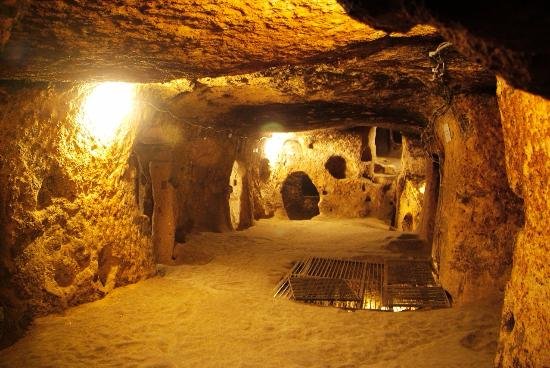
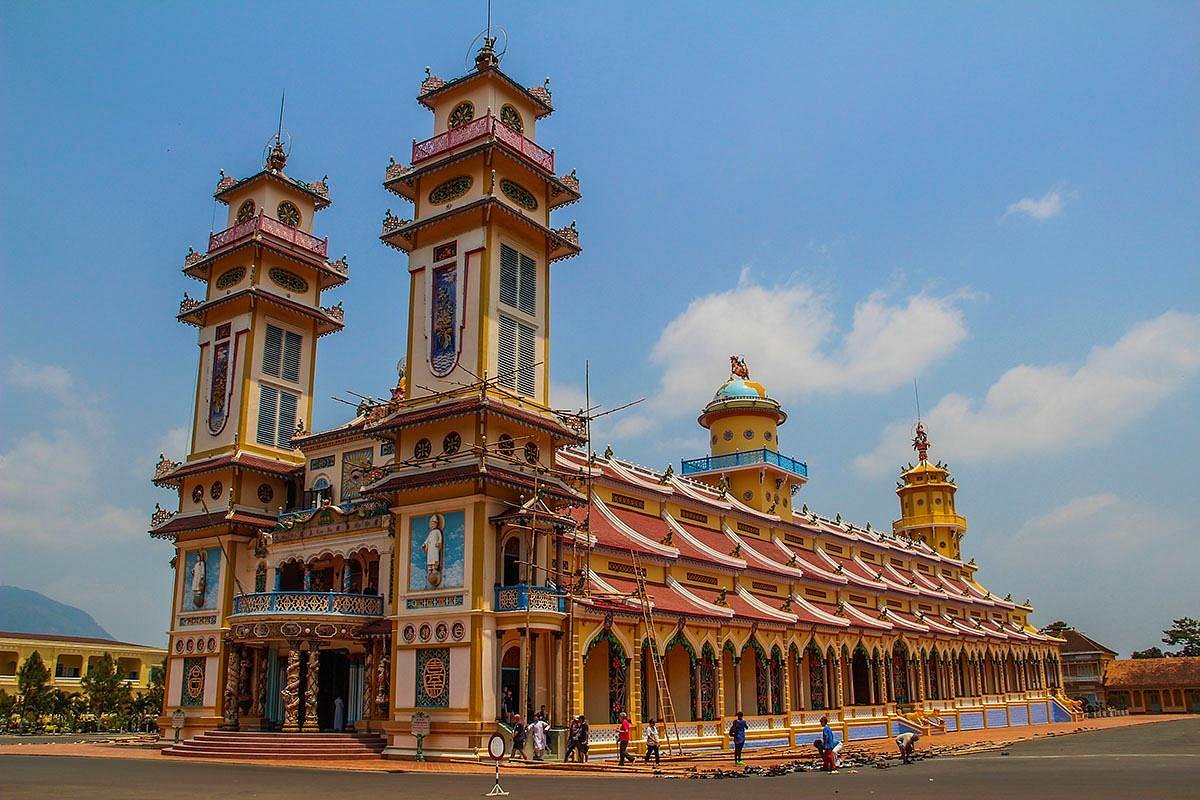
Final Thoughts
Three days in Ho Chi Minh City is the perfect introduction to Vietnam’s largest and most dynamic metropolis. From historic temples and French colonial landmarks to modern skyscrapers and vibrant street food, this city offers a little bit of everything.
Whether you’re fascinated by history, captivated by culture, or simply here for the food and nightlife, Saigon will leave you with unforgettable memories and a desire to return.

